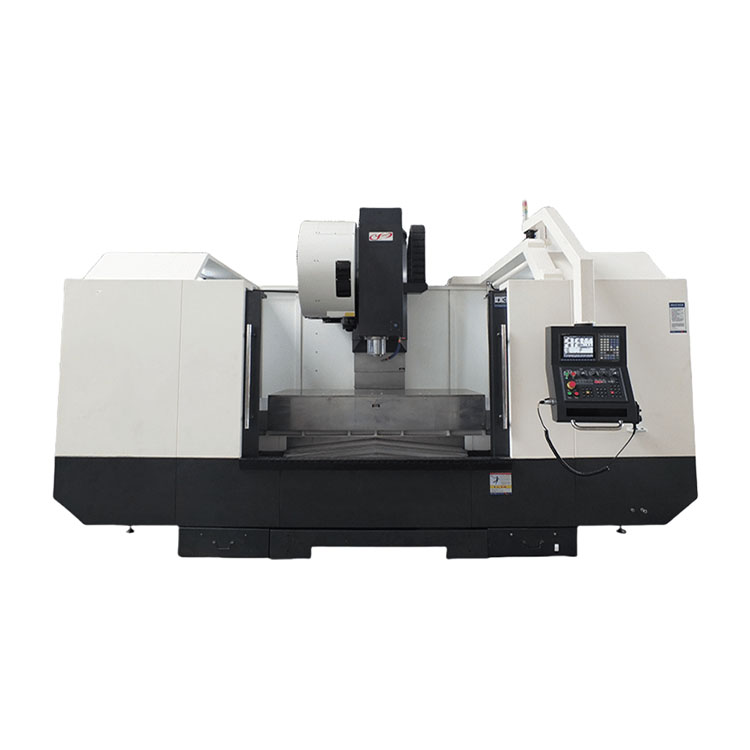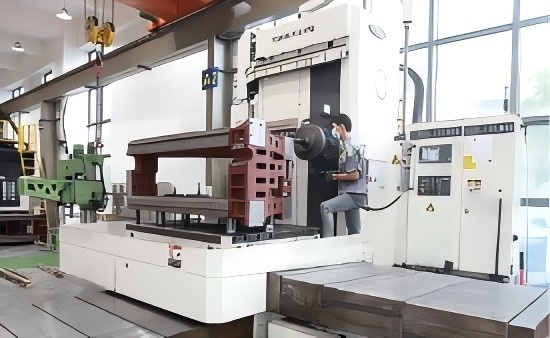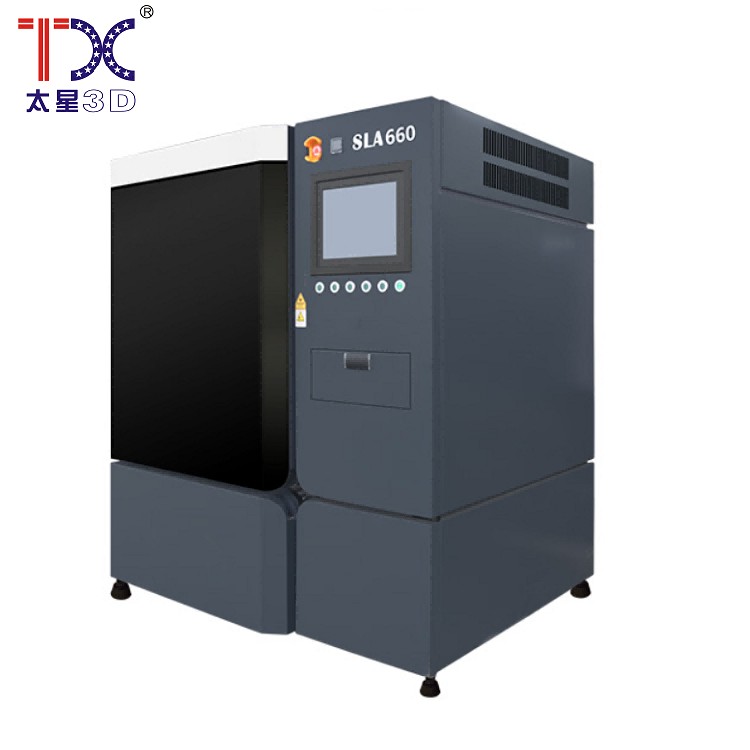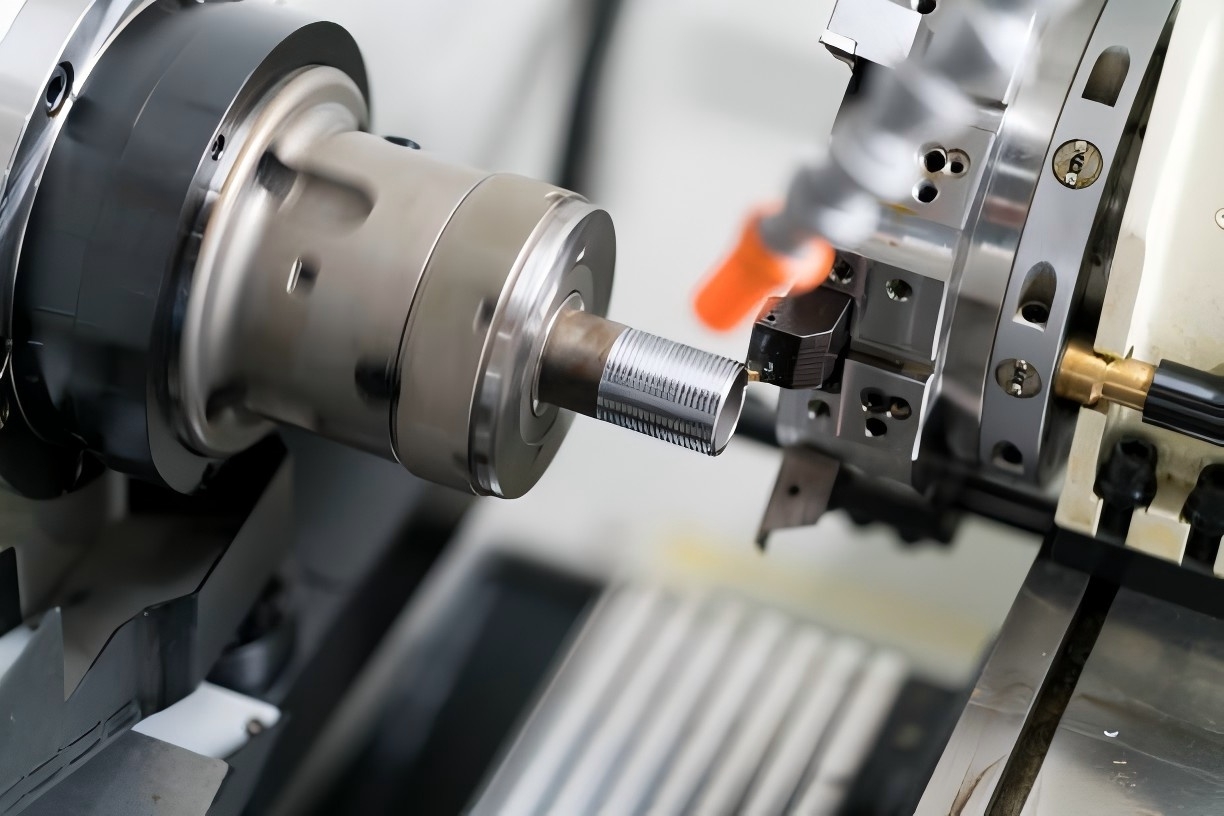
Types of turning operations
2024-11-12
CNC turning machines are multi -purpose tools that can perform various operations to create parts or components for various industries. Although turning is the most common process associated with turning machines, CNC turning machines are not limited to turning, but are systems of production processes, including rotation. The changes occurring during turning operations are due to a change in the geometry of the cutting tool and the interaction of the tool with the workpiece. Each operation has its own way of fulfilling the necessary design requirements, which allows manufacturers to develop structures for a particular project. To use the correct process in production, it is necessary to distinguish between various categories of turning operations.
In this article, the main attention is paid to ten main types of turning operations with CNC, their use and how to choose the appropriate for a specific work. So, let's look deeper.
Linear turning with CNC
Direct turning is the simplest operation on the CNC machine. It involves the rotation of the cutting tool in a plane parallel to the axis of the workpiece to reduce its size to a certain size. This operation is necessary for the manufacture of symmetrical parts of the constant thickness of the cross -section, such as cylinders.
Details of the process:
In the process of linear turning with the CNC, a turning control holder is used to move the cutting tool along the length of the workpiece. Factors such as the speed of the spindle, the feed rate and control of the cutting depth, determine the movement of the tool. For example, the cutting depth can be set by 1 mm, and the supply speed is 0.2 mm/turnover, which is suitable for high speeds of the material accompanied by high wear of the tool.
Size control:
The accuracy achieved with linear yield with CNC is up to ± 0.1 mm, depending on the type of machine and the processed material. This process also has high reproducibility in serial production, which is an additional advantage.
application:
This operation is standard in industries that produce parts such as axes, shafts and fasteners, since with its help you can produce long cylindrical products with the same thickness of the walls for the automotive and aerospace industries.
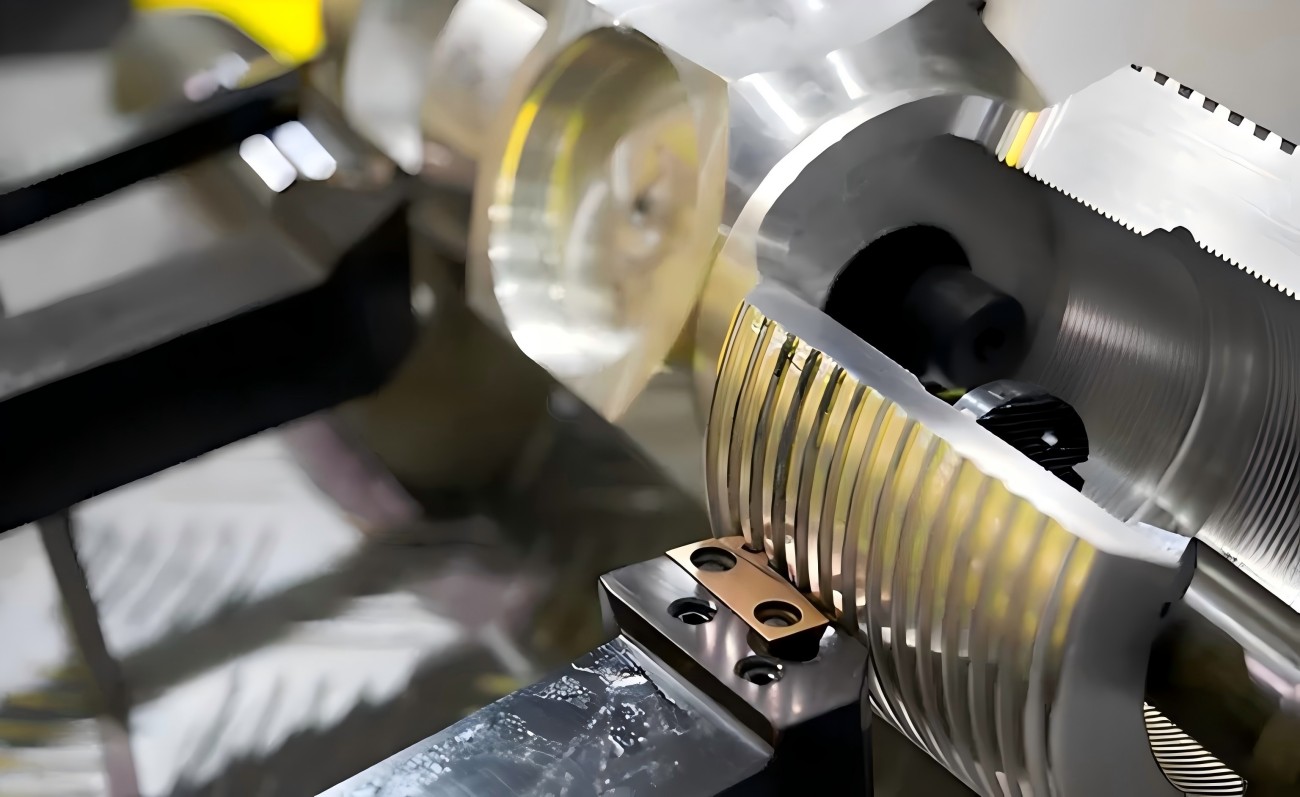
CNC drilling machine
Bleing is a turning operation in which the size of the existing hole in the workpiece increases. Boarding on a CNC machine is accurate in the sense of size, since it allows you to produce holes of the exact diameter and quality of the surface.
Technical performance:
When stupid processing on CNC machines, boring mandrels are used to cut the material from the inside of the hole. The feed speed and cutting depth are included in the CNC program, which determines the movement of the bar. The dimensions of the holes are available with an accuracy of 0.005 mm for applications requiring high accuracy.
Optimization of the quality of the surface:
The purity of the surface during bastard is crucial, especially when the hole is used as a supporting surface or guide. The roughness of the surface of the cut material depends on the geometry of the tool and the cut material and is within RA from 2 to 8 microns.
CNC turning
CNC ending with CNC is a simple turning operation, which allows you to get a flat clean surface at the end of a cylindrical workpiece. This helps to give the workpiece a form for other operations that should be parallel to the rotation axis.
Technical review:
During end processing on CNC machines, the cutting tool moves radially along the end surface of the workpiece, and the movement is controlled by G-codes. Facing operations are usually performed at a smaller depth at a time to avoid removing too much material at a time. The speed of the spindle (in speeds per minute) and the feed rate (in millimeters per turn) can be changed to ensure high -quality surface treatment.
The purity of surface and tolerances:
CNC ends provide surface purity to RA 4 microns, which varies depending on the cut material and the geometry of the cutting tool. Tolerances are usually about ± 0. 01mm. Therefore, it is best used in applications that require accuracy.
application:
CNC ends are used for turning, drilling or cutting threads. It is used where the end surface is used as a basic surface for other operations, such as the manufacture of flanges, bearings and shafts.
CNC cones turning
CNC conical turning processing is used to process cylindrical blanks. Conquisibility means that the diameter of one end of the workpiece is larger than the diameter of the other end. This operation is crucial for adjusting the parts to various details with a cone.
Technical accuracy:
In case of turning processing with CNC cones, the cutting tool is supplied at an angle relative to the axis of rotation of the workpiece. The angle of the cone is adjustable using the CNC program, and the composite caliper is controlled using a cone device. For example, the traditional angle of the cone can be 5 degrees with a tolerance of ± 0.02 degrees.
Surface decoration recommendations:
Conical turning helps to produce high -quality finished parts or products. The speed of the spindle and the feed rate are critical parameters, and they should be set to achieve the best results. Traditional surface roughness is in the RA range from 0.8 to 1.6 microns, but it can vary depending on the tool and processing materials used to create microstructures.
application:
The turning of cones is mainly used to manufacture parts such as Morse cones, which hold cutting tools on machine spindles, pipe threads and conical pin. CNC machines produce high -precision cones that require strict standards and use specifications.
CNC thread cutting
CAP cutting on a CNC machine is the process of cutting the internal thread on the workpiece. This operation helps to get holes of the right size necessary for the manufacture of mechanical fasteners and connections. It is expected that the tools used to cut the threads on CNC machines will produce an through thread with high accuracy in a short time.
Cutting parameters:
CNC machines can also accurately adjust the speed, feed and depth of the thread cutting process. The tolerances of the thread are usually in the range of ± 0.01 mm, so the internal thread complies with a very high standard. They are programmed in the machine so that the refueling is carried out correctly and evenly.
Surface integrity:
The surface of the thread should always be clean and without any damage. By proper positioning of the cutting tool and the correct cutting conditions, the wrong thread, the formation of burrs and defects can be eliminated. Materials used for the manufacture and lubrication of tools for cutting threads also determine the smoothness and quality of the resulting thread.
application:
CNC thread cutting is widely used in automobile, aerospace, electronic and other industries. Produces racks, supporting plates, gearboxes and other details.
CIP Contour processing
Another Operation of CNC turning processing is contouring, in which various curved forms are created on the workpiece. This requires cutting material using tools programmed to simulate geometric shapes. This technique is especially relevant when a sharp change in the gradient and curvature is required to improve the aesthetic and functional properties.
Contour parameters:
CNC machines are sensitive to the path of the tool, curvature and depth of cutting. This accuracy is crucial for creating suitable, difficult to manufacture forms. Traditionally, the tolerance of the profile was about ± 0.05 mm, which provided a high degree of uniformity of the structure.
Surface integrity:
Reverse processing requires high -quality tools and the highest cutting speeds to avoid such problems as traces of tools and uneven surfaces.
application:
CNT CNT CNC processing is used wherever curves are necessary to create forms, for example, in aerospace, automotive and medical areas.
CNC thread processing
CAP cutting on a CNC machine is an operation in which spiral grooves on the cylindrical surface of the workpiece are used to create threads. This process helps create threaded parts with hard tolerances and high accuracy.
Accurate thread processing:
CNC machines can also produce internal and external threads in terms of the required size and shape. The CNC program regulates the step, depth and profile of threads, tolerances can be only plus/minus 0.01 mm. For example, the usual size of the M10 × 1.5 thread (metric thread) can be made with the same quality, regardless of whether this is the first cycle, the second cycle or any other cycle.
Tool and time of the cycle:
CAP cutting on a CNC machine includes tools for cutting threads and the cycle time - two very important factors. The carbide plates are preferable due to their wear resistance and preservation of the characteristics of the top, which allows you to effectively and quickly cut the thread.
application:
They are widely used in the production of screws, bolts and nuts. It is also used for the manufacture of internal threads in details such as pipeline reinforcement and valve body, where the geometry of thread is crucial for assembly and sealing.
CNC groove processing
Speeding operations include the use of solid alloy or high -speed steel tools to cut out narrow channels or grooves in the material of the workpiece. The processing of grooves on a CNC machine helps to cut out special parts in materials and is suitable for parts with grooves.
Sa cane parameters:
CNC machines regulate the width, depth and position of grooves with very high accuracy. Depending on the purpose of the device, the width of the groove can be from 5 mm to several millimeters. The depth control during underwater operations is also accurate, usually with an accuracy of a plus or minus 0.2 mm. The width of the groove is 0.2 mm, the groove corresponds to the project.
Surface integrity:
When processing grooves, the surface of the workpiece should be protected from damage. Therefore, in order to prevent the formation of burrs and get a smooth mowed surface, the cutting tool should be sharp, and the cutting speed and feed must be selected accordingly.
application:
CNC Grooving produces saddles for sealing rings, grooves for locking rings and other secret parts. It is also used to create parts for other CNC operations, such as carving or welding, grooves are necessary for proper landing;
CNP rolling
The rolling is a turning operation creating a pattern on the surface of the workpiece. When there are problems with the capture or appearance of the details, the cape of the CNC is crucial due to the accuracy that it provides.
Creating a pattern:
The rolling on a CNC machine requires rotation of a blind tool relative to the workpiece to create several rolls. The CNC program developed for this purpose controls the depth and step of the rolling, usually from 0.5 to 2.0 mm, so that the drawing of the rolling on the surface of the handle is symmetrical.
Material considerations:
Drowned material is also crucial in this process. For example, aluminum requires the controlled pressure of the tool so that it does not bend, and steel requires a slow feed to prevent the rapid wear of the tool.
application:
CNC rolling is used in the production of tools, fasteners and handles requiring a better capture. It is also used for aesthetic functions when the appearance of a corrugated pattern matters to the product. Another advantage of rolling on the CNC machine is that it is very accurate, and each detail will have a corrugated surface, like any other detail.
CNC turning Tokar is a universal CNC processing process, which has a number of advantages. Being a pioneer of changes and improvements in precise engineering, CNC Yangsen uses the latest advanced technologies. CNC Yangsen has modern CNC machines, which provide accuracy and stability in various turning processes. Their technologies vary from the simplest end processing and direct turning to complex operations, such as cutting threads and grooves, allowing components with high size accuracy and accuracy.






